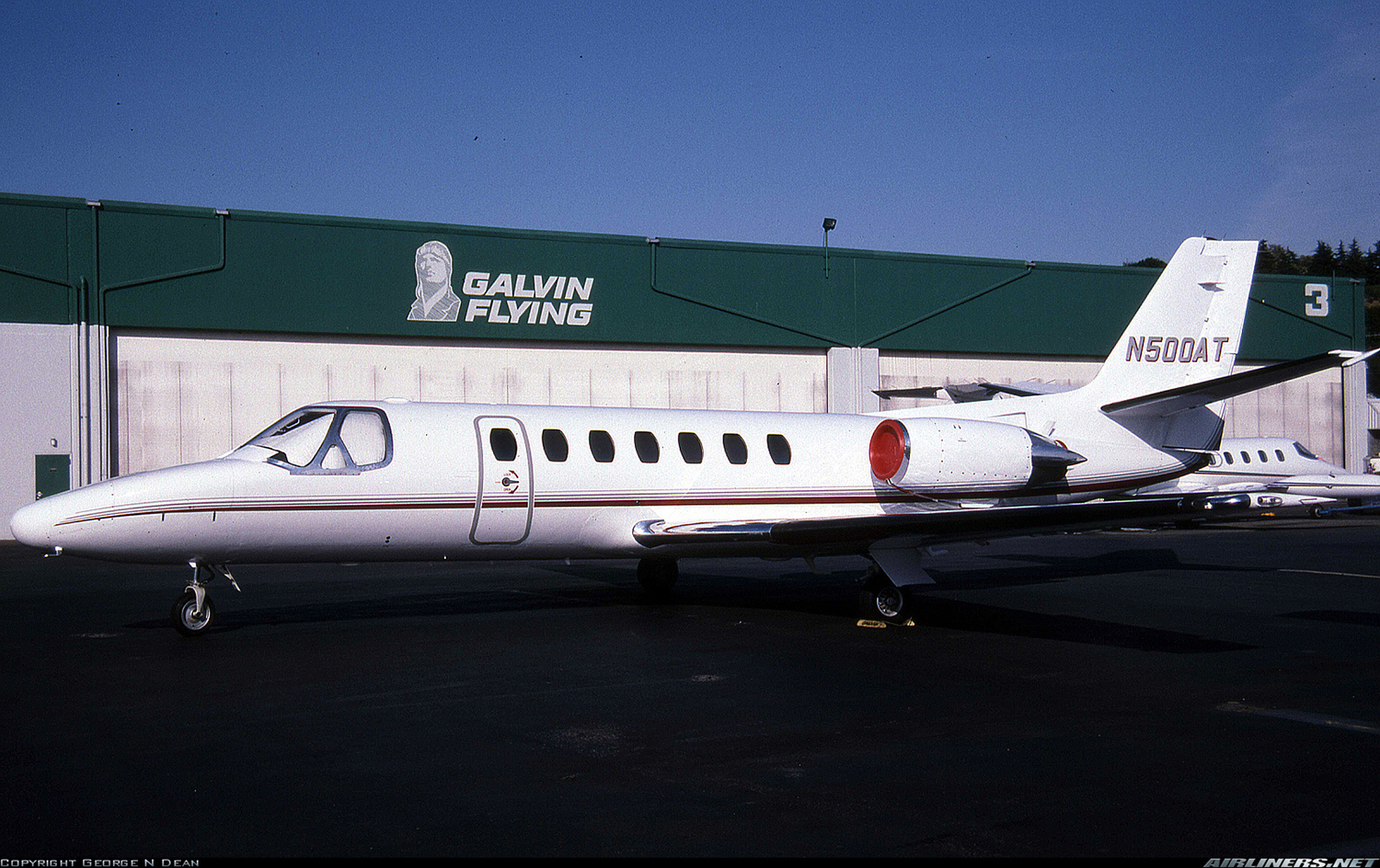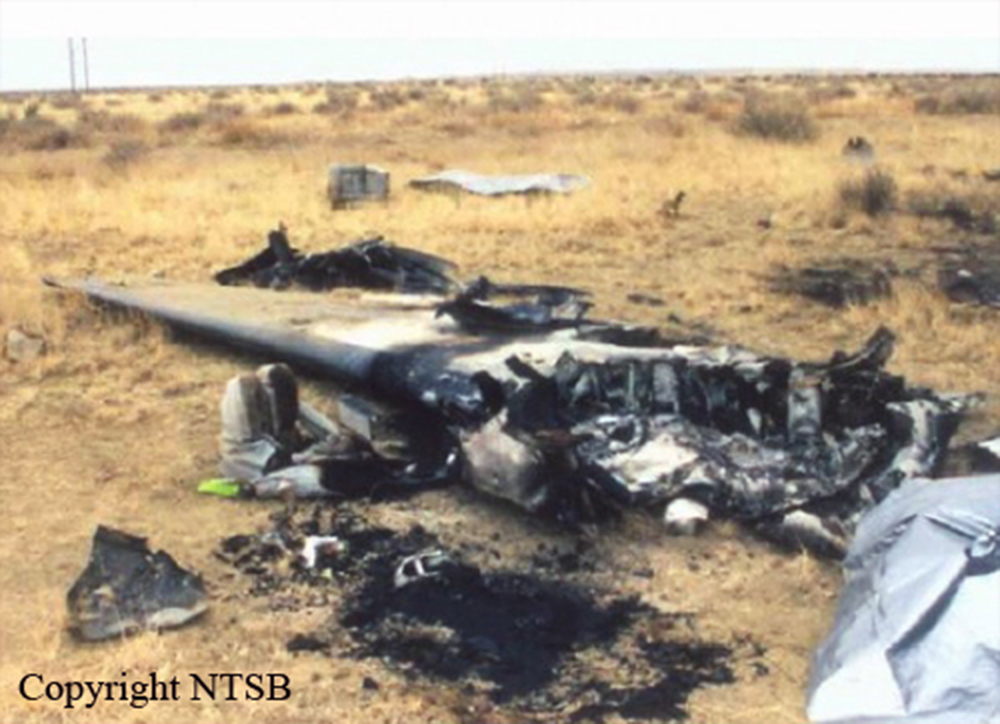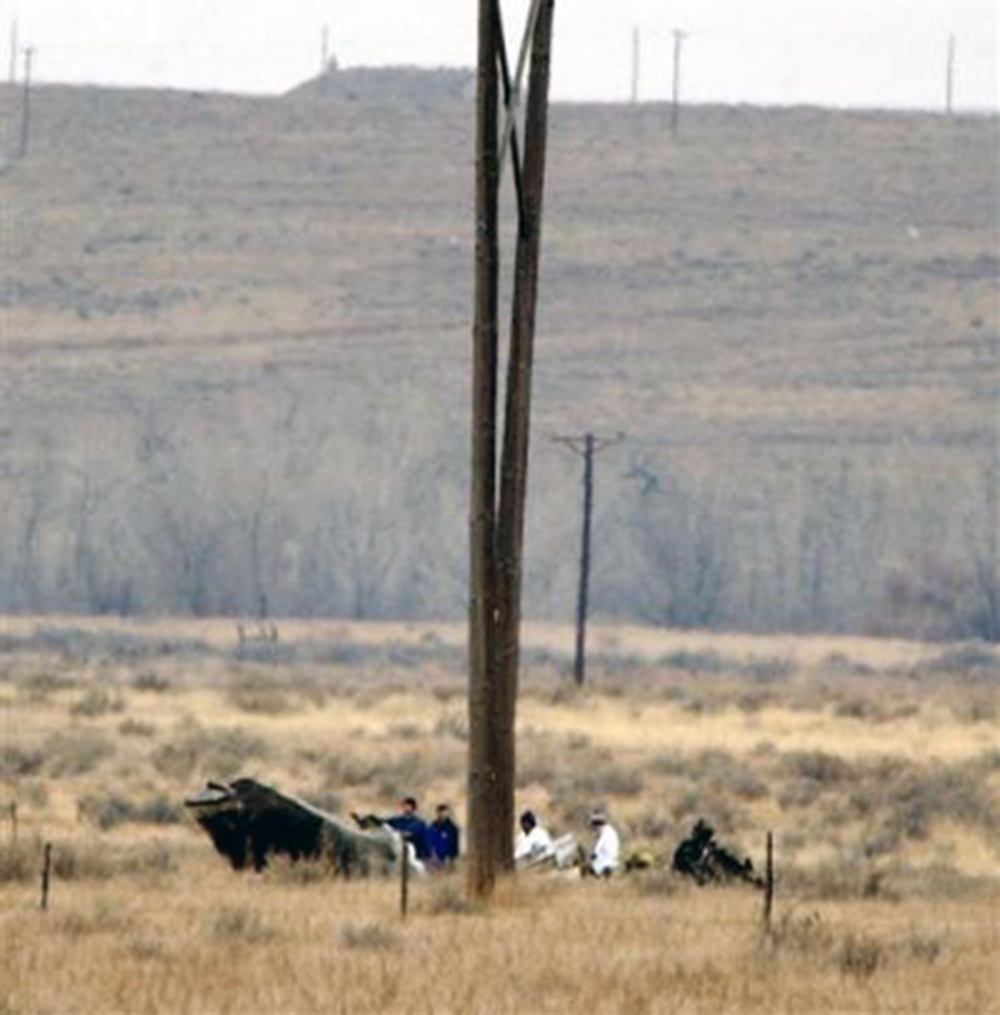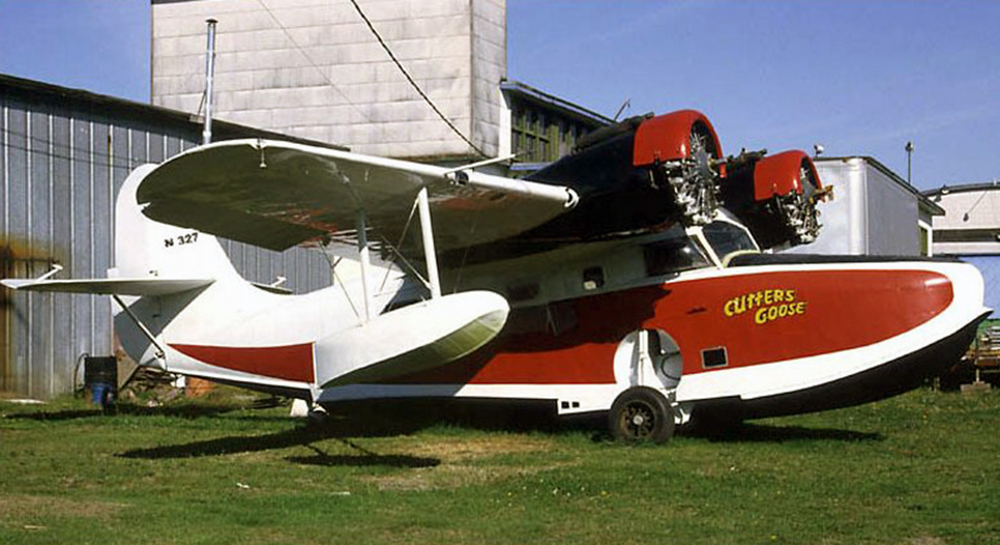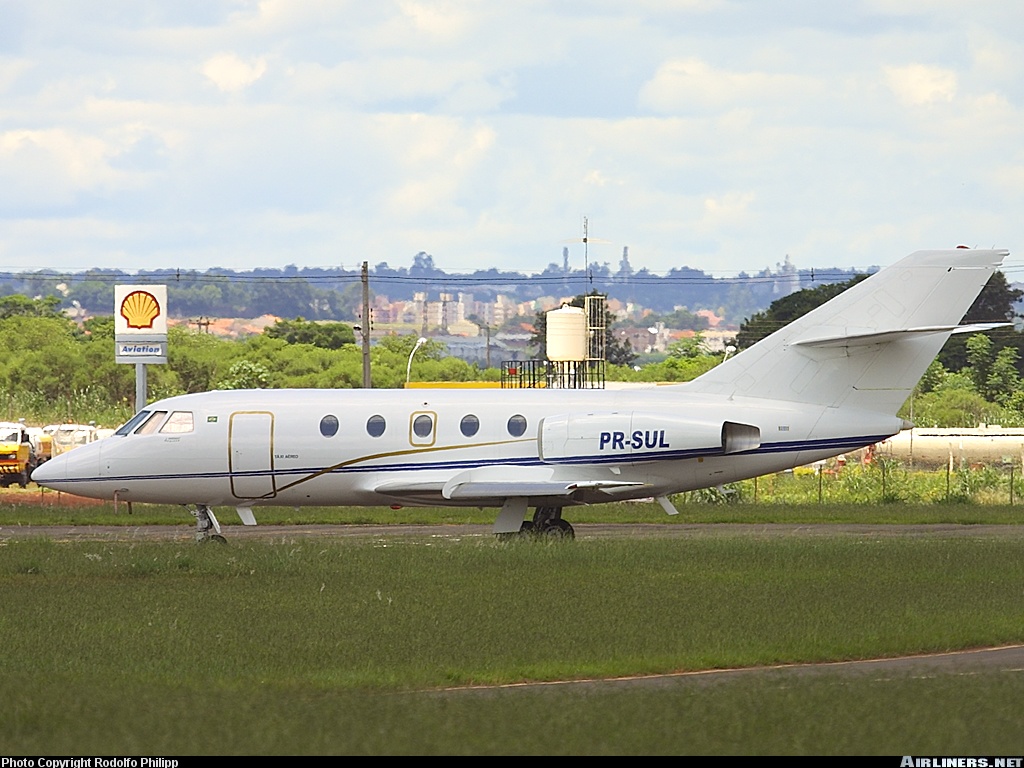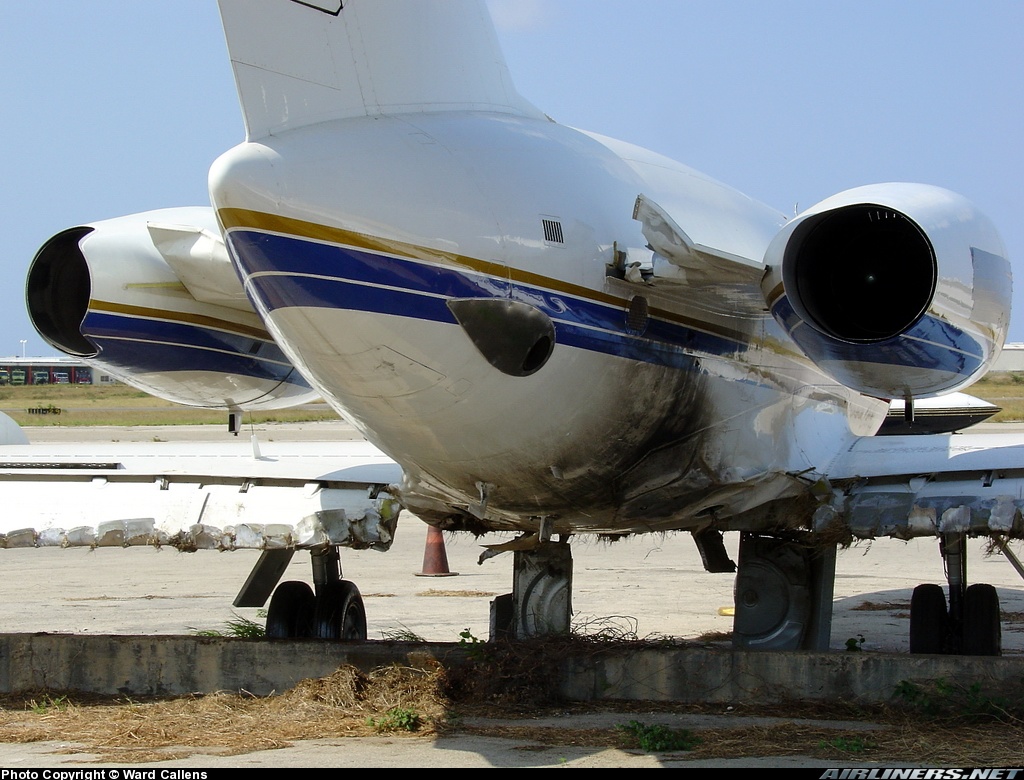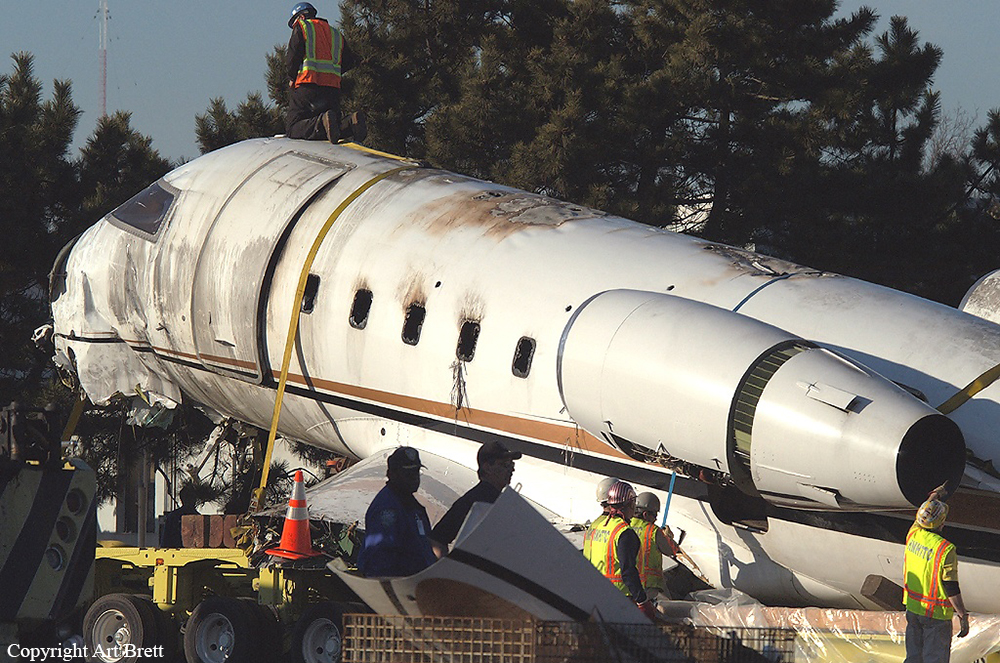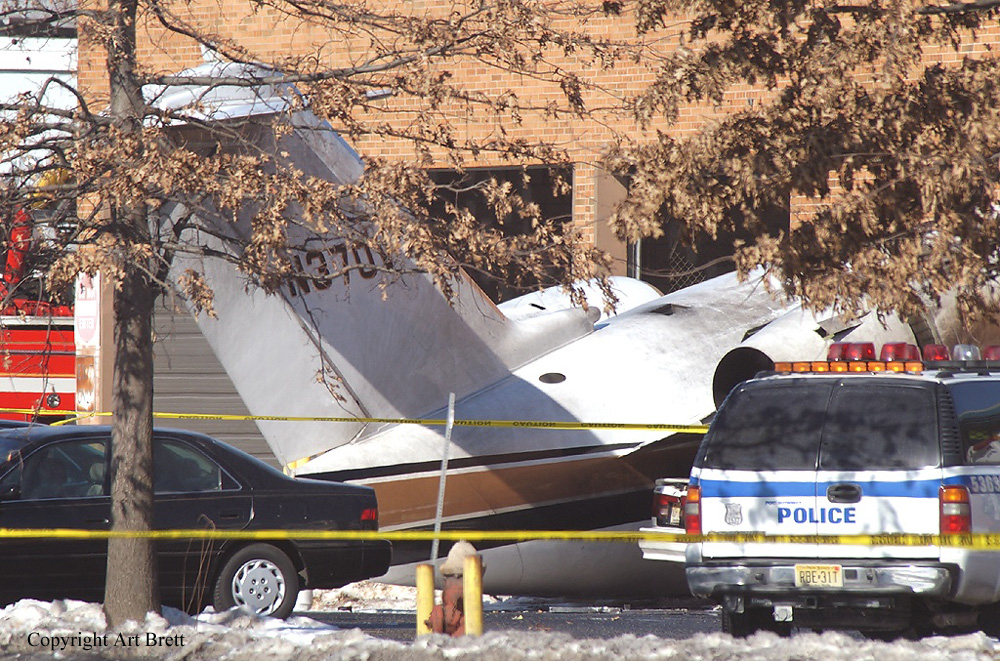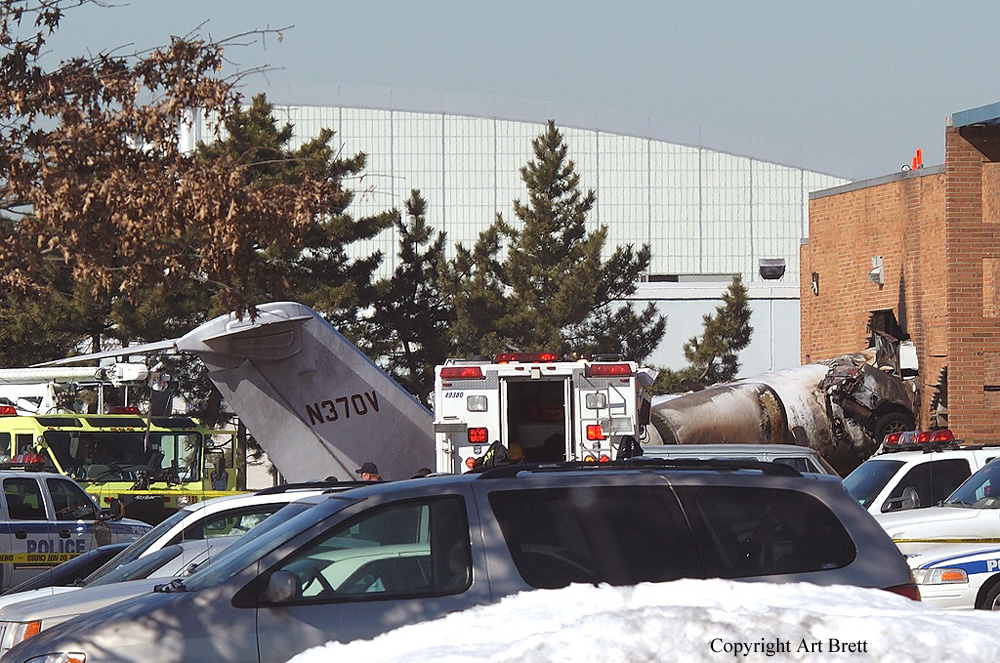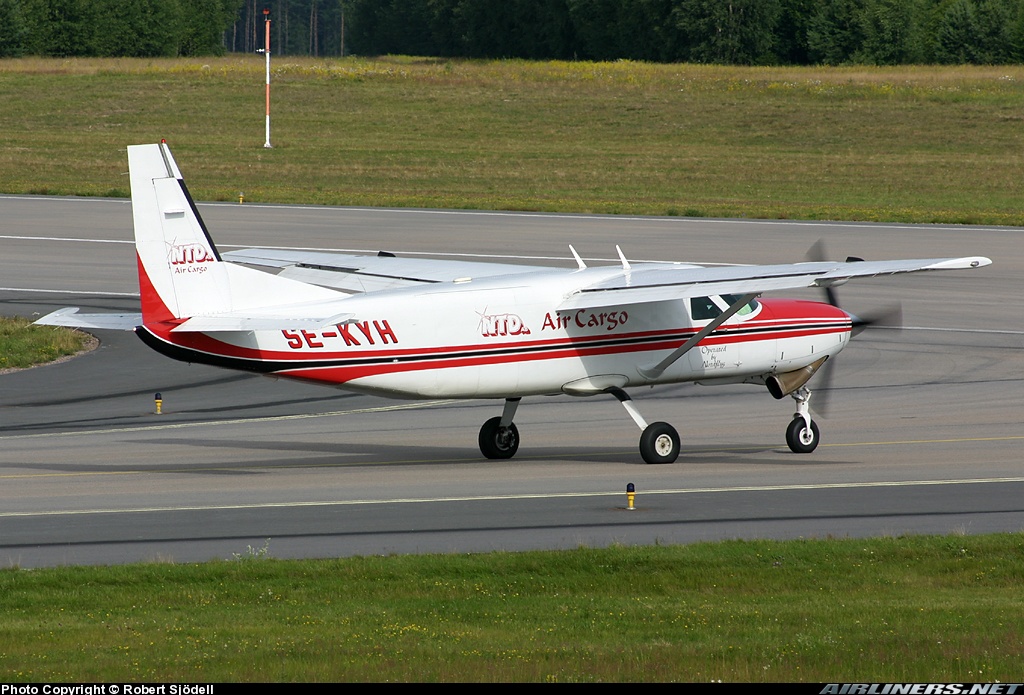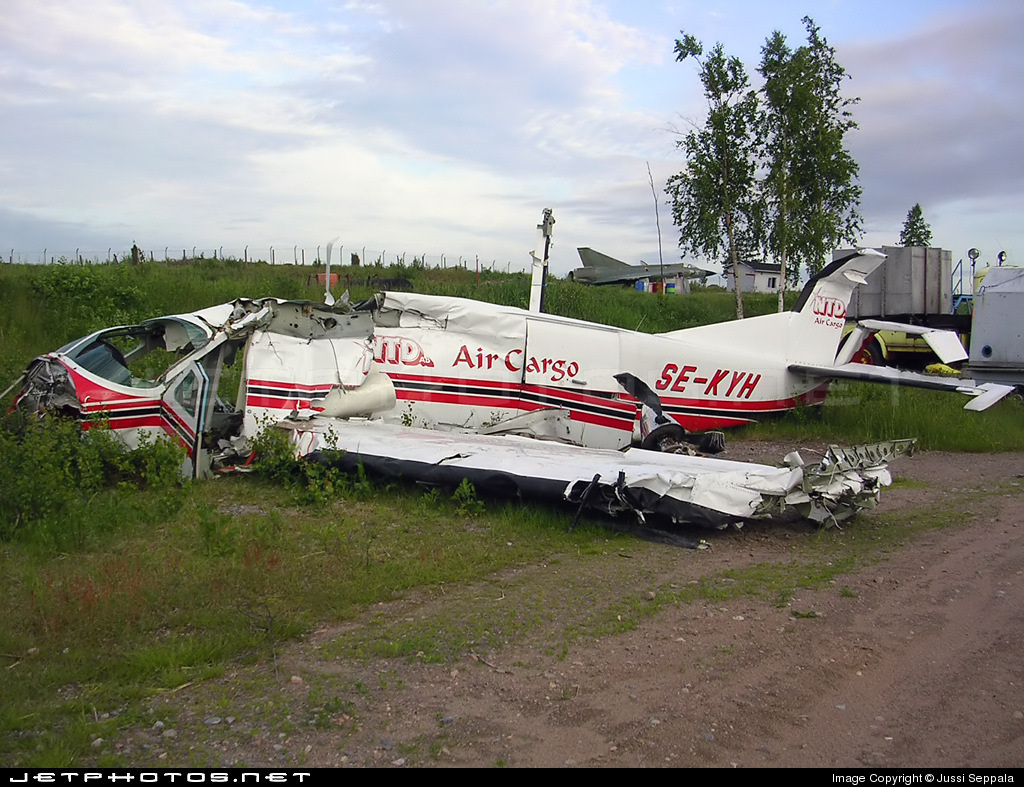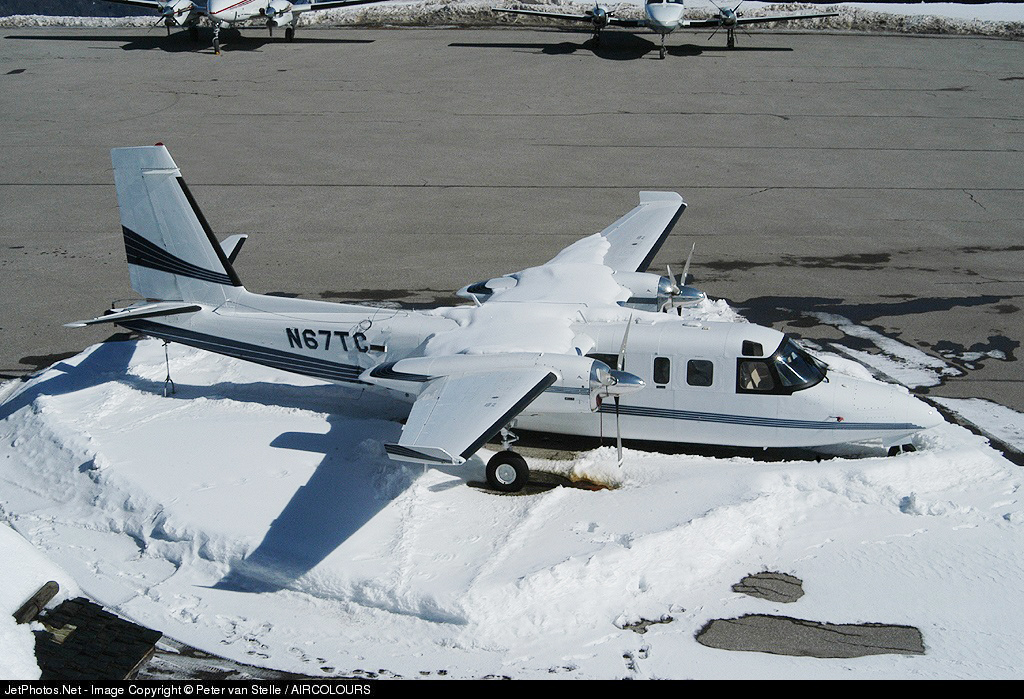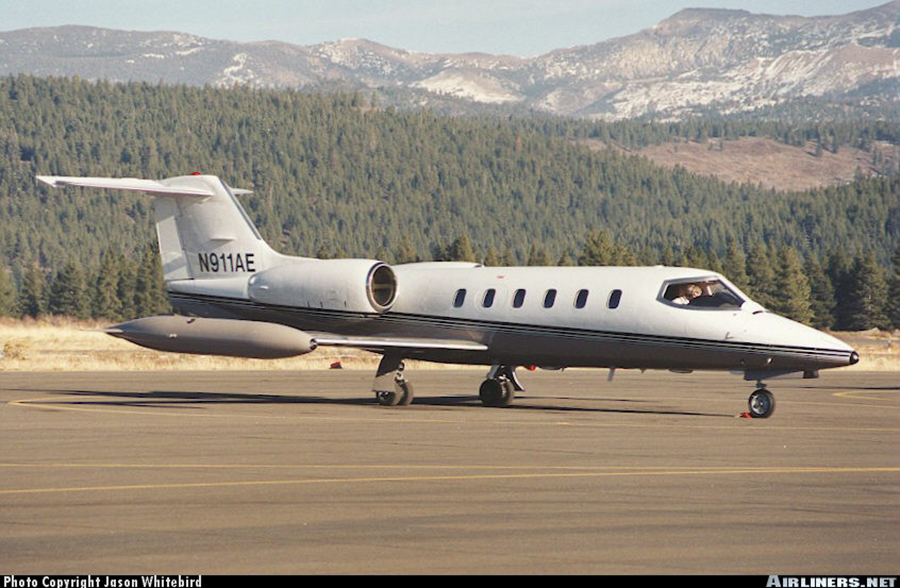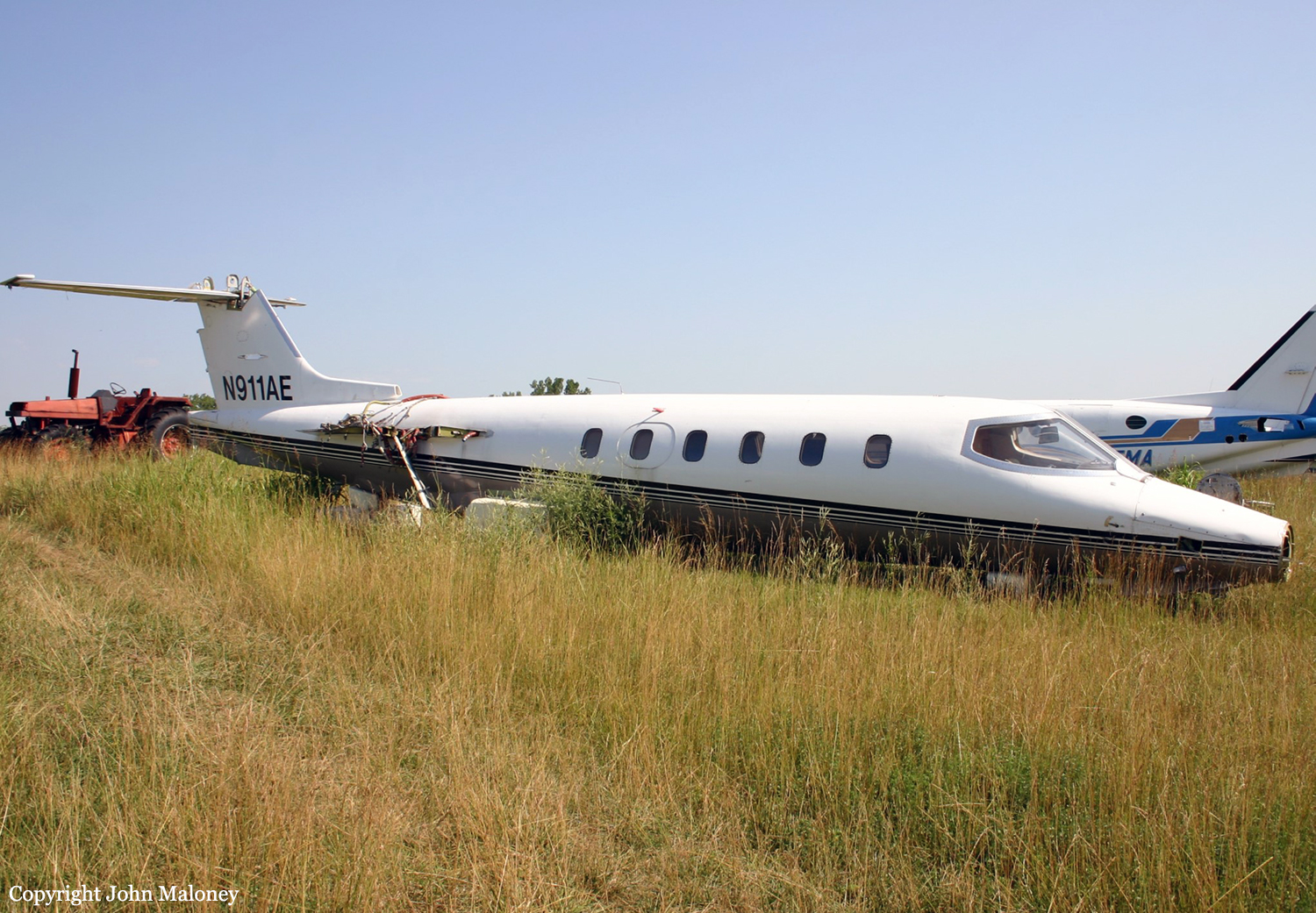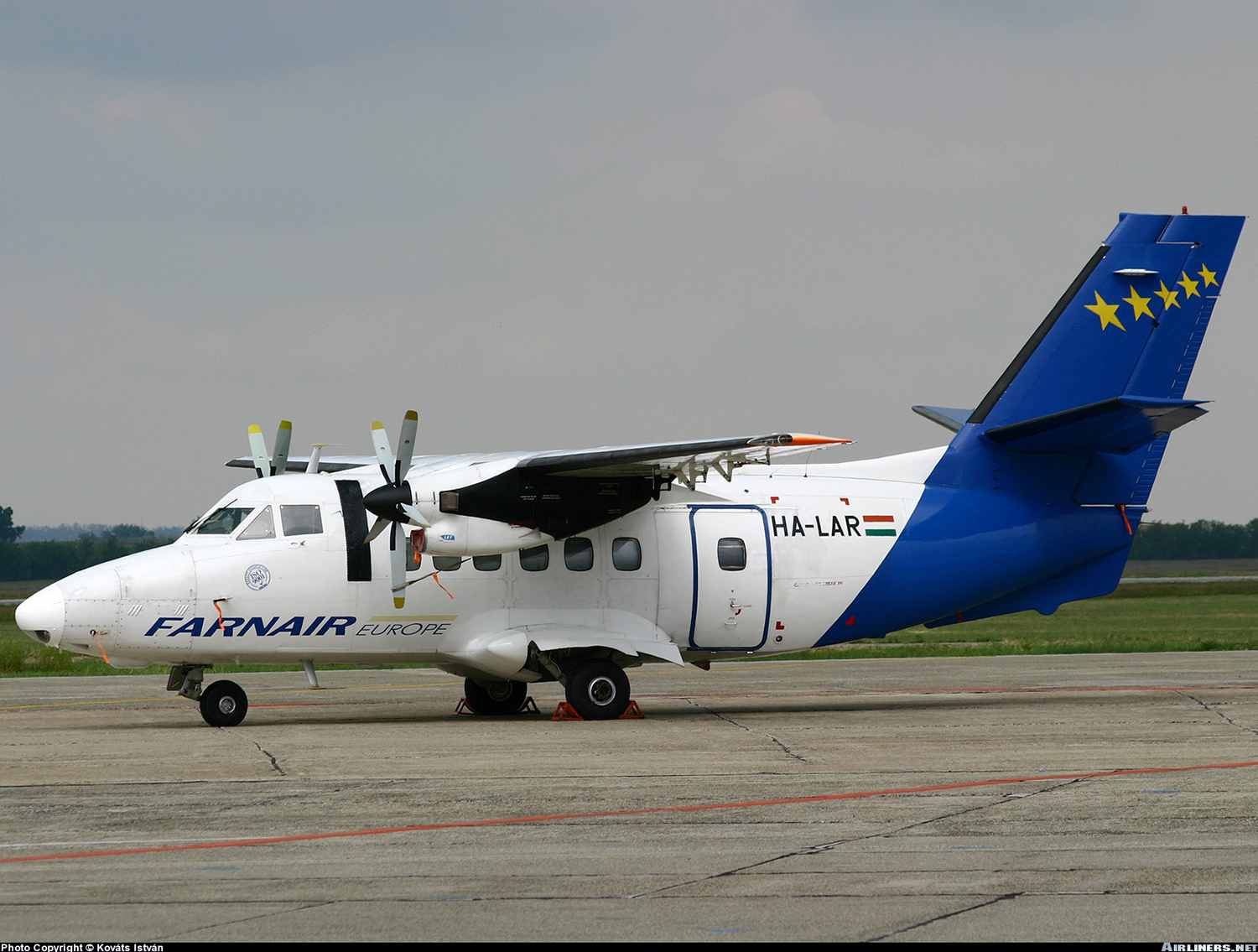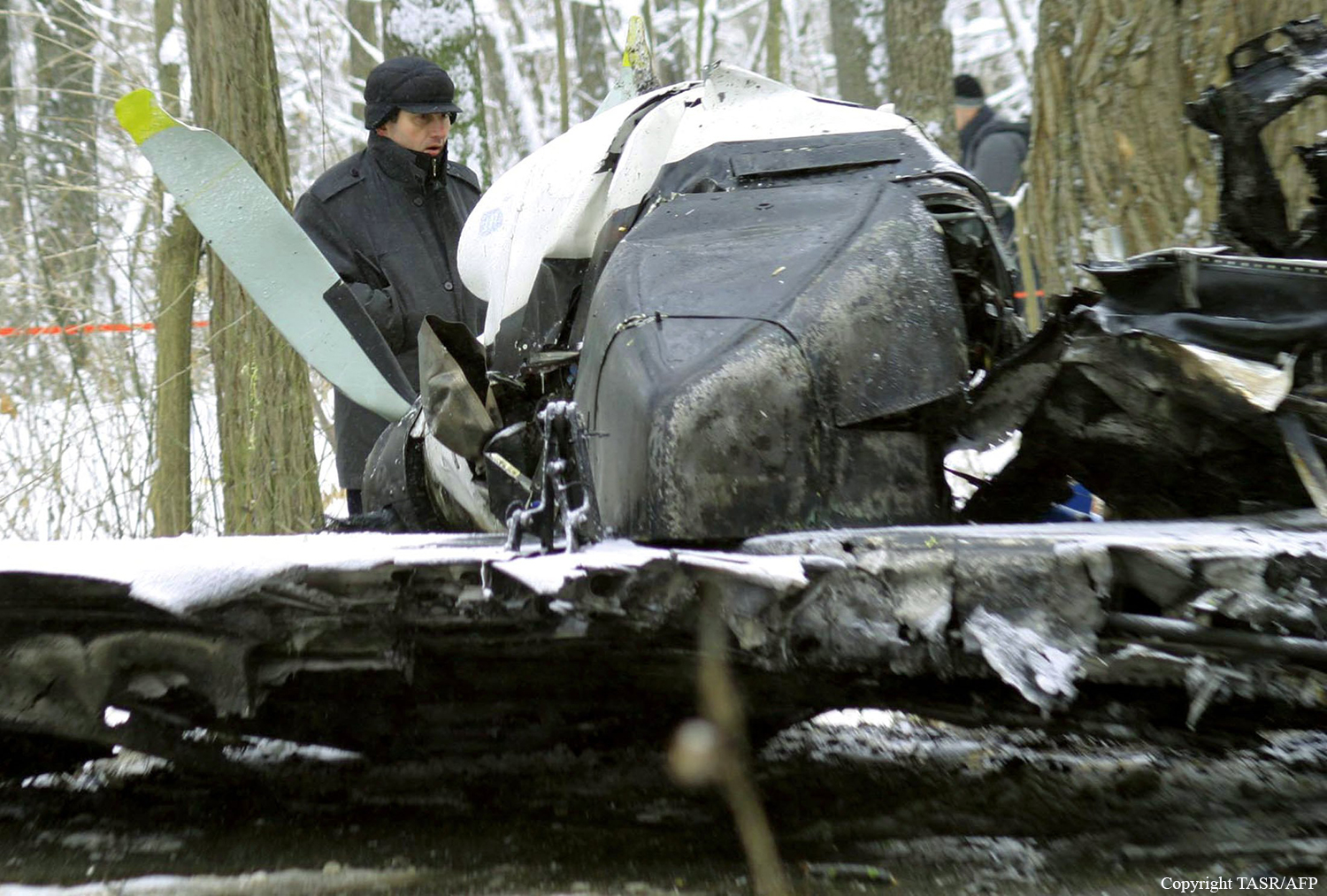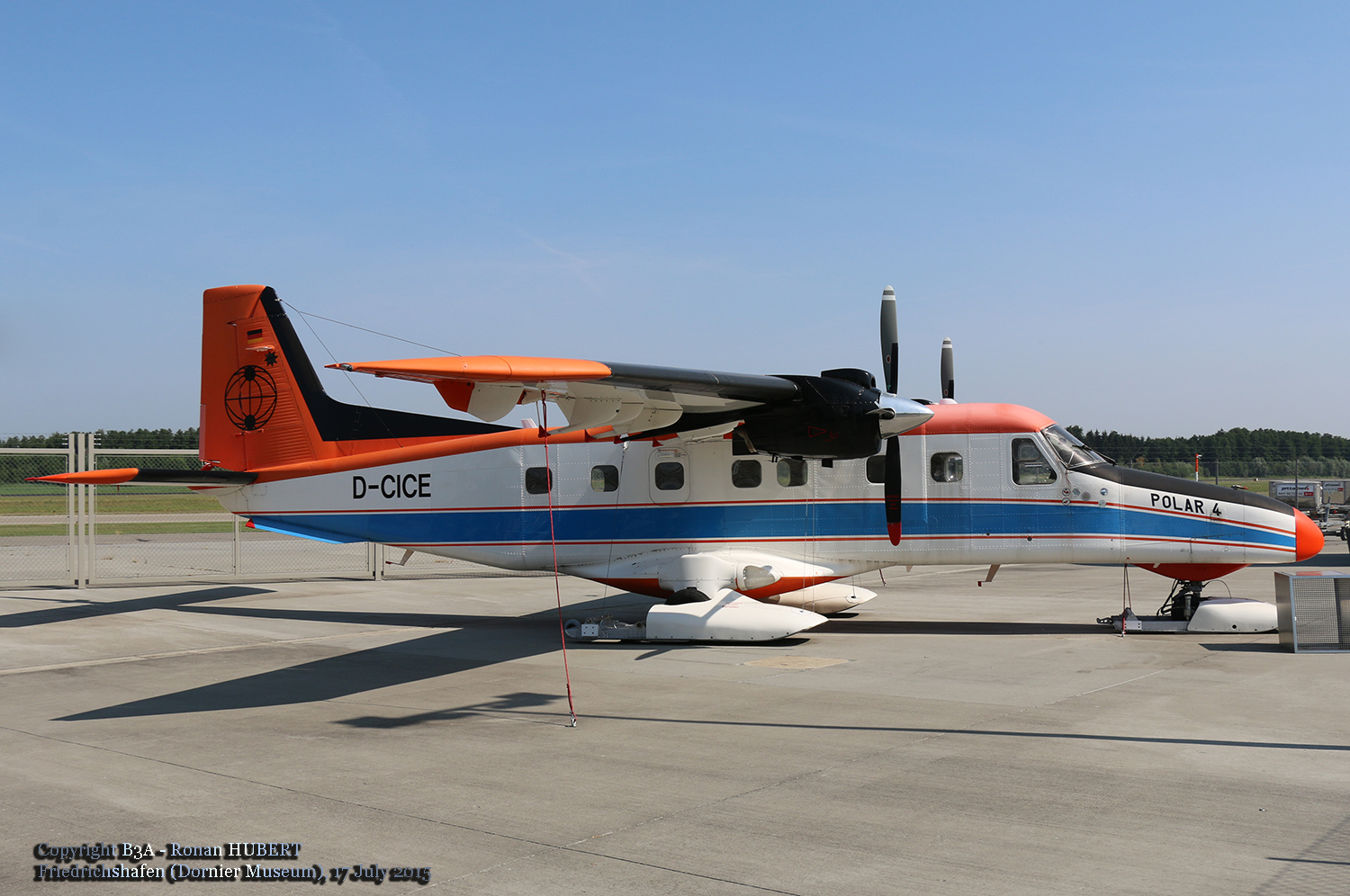Crash of a Cessna 560 Citation V in Pueblo: 8 killed
Date & Time:
Feb 16, 2005 at 0913 LT
Registration:
N500AT
Survivors:
No
Schedule:
Richmond – Columbia – Pueblo – Santa Ana
MSN:
560-0146
YOM:
1991
Crew on board:
2
Crew fatalities:
Pax on board:
6
Pax fatalities:
Other fatalities:
Total fatalities:
8
Captain / Total hours on type:
2735.00
Copilot / Total hours on type:
334
Aircraft flight hours:
3657
Circumstances:
On February 16, 2005, about 0913 mountain standard time, a Cessna Citation 560, N500AT, operated by Martinair, Inc., for Circuit City Stores, Inc., crashed about 4 nautical miles east of Pueblo Memorial Airport, Pueblo, Colorado, while on an instrument landing system approach to runway 26R. The two pilots and six passengers on board were killed, and the airplane was destroyed by impact forces and post crash fire. The flight was operating under the provisions of 14 Code of Federal Regulations Part 91 on an instrument flight rules flight plan. Instrument meteorological conditions prevailed at the time of the accident.
Probable cause:
The flight crew's failure to effectively monitor and maintain airspeed and comply with procedures for deice boot activation on the approach, which caused an aerodynamic stall from which they did not recover. Contributing to the accident was the Federal Aviation Administration's failure to establish adequate certification requirements for flight into icing conditions, which led to the inadequate stall warning margin provided by the airplane's stall warning system.
Final Report:
